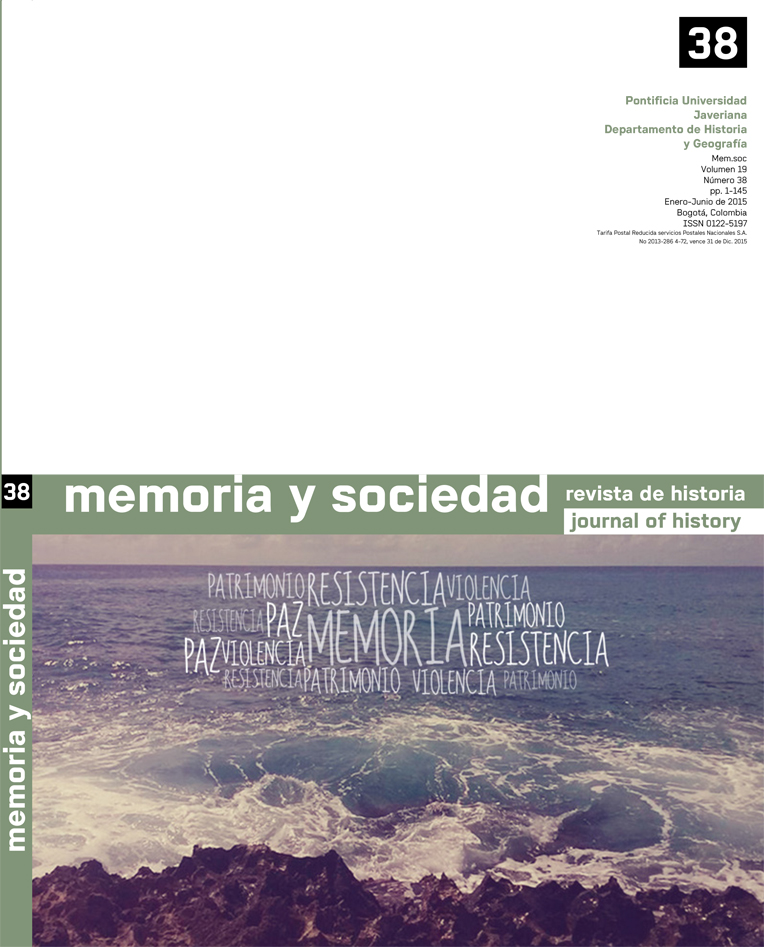Abstract
The following paper comes from an ethnographic work in the National Museum of Colombia, and it aims to analyze the objects exhibited in its halls and the store in order to understand the connection between patrimony and consumption. In this sense, the representation of the National Museum consolidates in the creation of a national identity based on the official history of the national heroes and their descendants, which is expressed in most of the objects displayed in the exhibit halls. On the other hand, another narrative guided by the neoliberal economy is constructed in the museum store. It takes afro, indigenous and rural representations that have been marginalized in most of the museum halls, strenghtened by the ethnic economy and promoted by tourism and advertising. This duality leads the museum visitors to consume both representations: the ones built by the State as well as the ones positioned by companies and multinationals.The journal Memoria y Sociedad is registered under a Creative Commons Attribution 4.0 International Public License. Thus, this work may be reproduced, distributed, and publicly shared in digital format, as long as the names of the authors and Pontificia Universidad Javeriana are acknowledged. Others are allowed to quote, adapt, transform, auto-archive, republish, and create based on this material, for any purpose (even commercial ones), provided the authorship is duly acknowledged, a link to the original work is provided, and it is specified if changes have been made. Pontificia Universidad Javeriana does not hold the rights of published works and the authors are solely responsible for the contents of their works; they keep the moral, intellectual, privacy, and publicity rights.
Approving the intervention of the work (review, copy-editing, translation, layout) and the following outreach, are granted through an use license and not through an assignment of rights. This means the journal and Pontificia Universidad Javeriana cannot be held responsible for any ethical malpractice by the authors. As a consequence of the protection granted by the use license, the journal is not required to publish recantations or modify information already published, unless the errata stems from the editorial management process. Publishing contents in this journal does not generate royalties for contributors.

